Beyond the Hype: A Real-Talk Guide to Building a Streetwear Wardrobe That Lasts
I still remember the first time I held a really well-made hoodie. It wasn’t from a mall. A friend who was deep into the local skate scene brought it back from a trip, and it was… different. It was heavy. The cotton felt incredibly dense, and all the seams were thick and perfectly straight. Putting it on just felt like a different experience. It wasn’t just a piece of clothing; it felt more like a piece of gear. That moment taught me a lesson that’s stuck with me for years: good streetwear is about quality and function first. The hype is just a side effect.
In this article
So many people see streetwear as this endless parade of logos and fast-moving trends. They see celebrities in absurdly expensive sneakers and figure it’s all about money. But honestly, that’s only the surface level. At its heart, streetwear is a language spoken through clothes. It grew organically from the needs of communities like skating, hip-hop, and punk. It’s built on comfort, durability, and representing where you’re from. My goal here isn’t to show you a bunch of outfits to copy. It’s to give you the building blocks to create your own style, one that feels truly authentic. We’ll look at the materials, the construction, and the practical side of things. This is how you stop chasing trends and start defining your own look.

First Things First: Understanding Fabric and Fit
Before you even think about a brand name, you have to understand what you’re actually buying. The feel of a garment—its weight, its texture, how it drapes—is what separates cheap, disposable fashion from pieces you’ll own for a decade. The pros and longtime collectors can spot quality by touch alone. And that’s the first skill you should work on.
The Difference Between a Good Tee and a Great One
The tee and the hoodie are the absolute bedrock of any streetwear wardrobe. Their quality is often measured in GSM, which stands for grams per square meter. It’s basically a number that tells you how dense and heavy the fabric is. Learning this will change how you shop forever.
- Lightweight (150-180 GSM): This is your standard, thin t-shirt. It’s fine for layering or a hot day, but it’s notorious for losing its shape, especially the collar. A lot of mass-market brands use this weight because it’s cheap.
- Midweight (200-250 GSM): Now we’re talking. A better-quality t-shirt lives in this range. It just feels more substantial and holds its structure after you wash it. For hoodies, this is on the lighter side, perfect for spring or a cool summer night.
- Heavyweight (300+ GSM): This is where the real quality begins. A t-shirt over 280 GSM feels thick, durable, and hangs just right. Hoodies in the 400-500 GSM range are the gold standard. They have a comforting weight that provides real warmth and a structure that doesn’t sag or look sloppy.
Oh, and here’s a little homework assignment for you. Your first mission: go to a store, any store. Find the cheapest hoodie you can and then find a more expensive one, maybe from a dedicated sportswear brand. Don’t buy anything. Just hold them. Feel the weight difference. Look at the stitching on the cuffs. This simple exercise is how you start training your hands to spot quality.
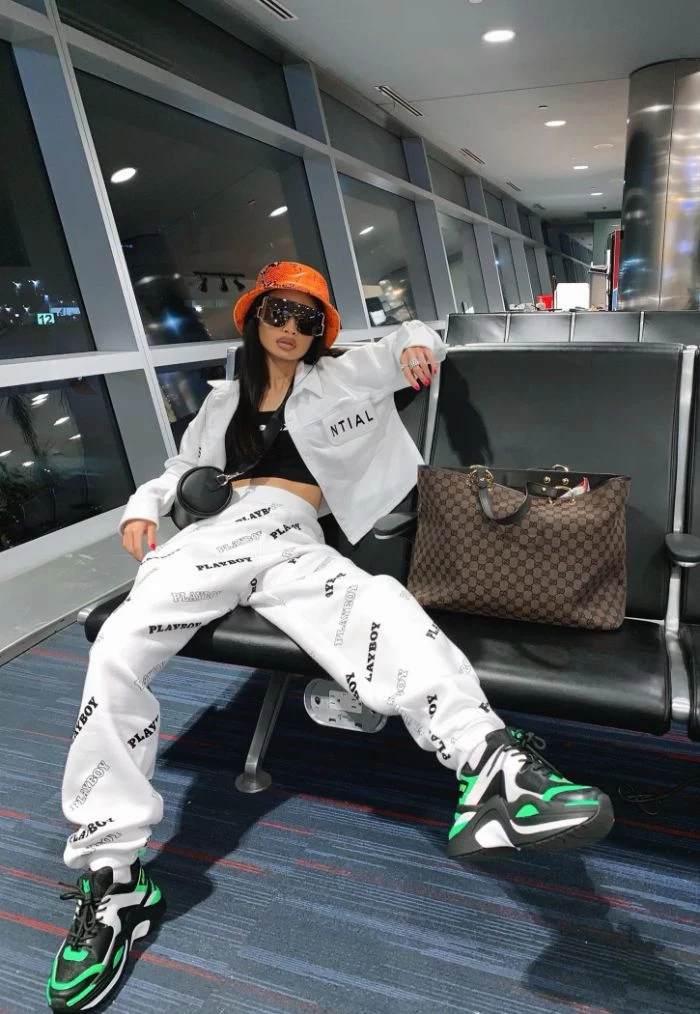
Denim and Pants: The Workwear Connection
Streetwear owes a massive debt to old-school workwear. Think about it: skaters and artists adopted these clothes because they were tough, affordable, and functional. The pants are a perfect example.
When you’re looking at denim, the key term to know is ‘ounce weight.’ A standard pair of jeans might be around 10-12oz—comfortable right off the rack but maybe not built for the long haul. But then you have heavyweight raw denim, which can be anywhere from 14oz to over 20oz. It feels stiff and almost like cardboard at first. Why would anyone want that? Because you’re meant to break it in yourself. Over months and years, it softens and fades based on how you live and move, creating a pattern that’s 100% unique to you. It’s a process, for sure, but the result is a truly personal garment. If you’re curious, you can find great entry-level raw denim from brands like Unbranded for around $90-$120.

For other pants, like chinos or work pants, check the fabric blend. Classic work pants, like the famous Dickies 874, often use a polyester and cotton blend. This makes them incredibly resistant to stains and tearing, which is exactly why skaters loved them. You could take a hard fall, brush yourself off, and the pants would be just fine. You can still grab a pair for about $30-$40 at most workwear stores or online.
Let’s Talk Sneaker Soles
Sneakers are a huge deal in this world, but the culture is about more than just owning the rarest pair. It helps to understand how they’re made. When it comes to the sole, there are two main construction methods you’ll see.
The first is the vulcanized sole. You’ll find this on timeless classics like skate shoes from Vans or traditional canvas basketball sneakers. The process basically involves baking the rubber sole onto the shoe’s upper, fusing them together. This creates a flexible shoe with amazing ‘board feel’—that’s why skaters gravitated towards them. You can really feel the surface under your feet. The trade-off? Usually a bit less cushioning.
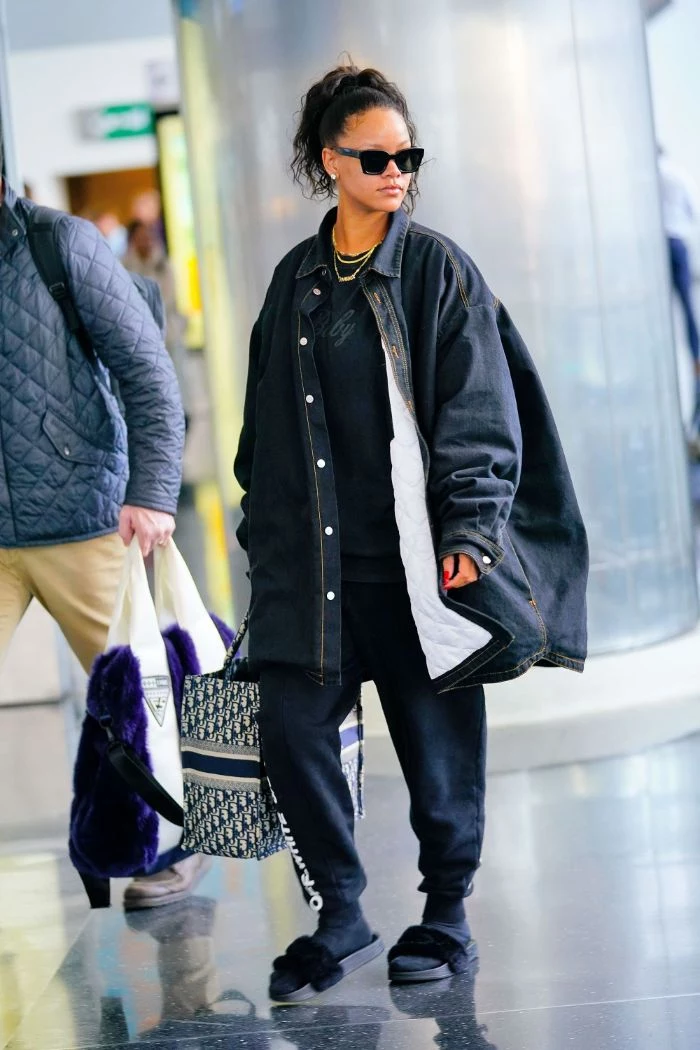
Then you have the cup sole. Most modern running and basketball sneakers use this. The sole is a single, pre-molded rubber ‘cup’ that the upper part of the shoe is placed into and then stitched together. This method allows designers to pack in more layers of foam and cushioning tech, like those famous air units. This means better impact protection and all-day comfort for walking, but it can feel a little stiffer and less connected to the ground.
How to Actually Build Your Wardrobe
A stylist doesn’t just buy random cool items. They build a wardrobe strategically, focusing on how different pieces can work together. The goal is to create a versatile ‘uniform’ that you can then spice up with more unique stuff.
A Common Mistake to Avoid
Before we pick pieces, let’s talk about a huge rookie mistake: ignoring the small details. You could be wearing the coolest jacket and rarest sneakers, but if the collar of your t-shirt is all stretched out, flimsy, and wavy—what we call ‘bacon neck’—it throws off the whole look. It instantly signals that the foundation is cheap. This is precisely why spending a little more on a mid or heavyweight tee with a sturdy, reinforced collar is one of the best investments you can make.
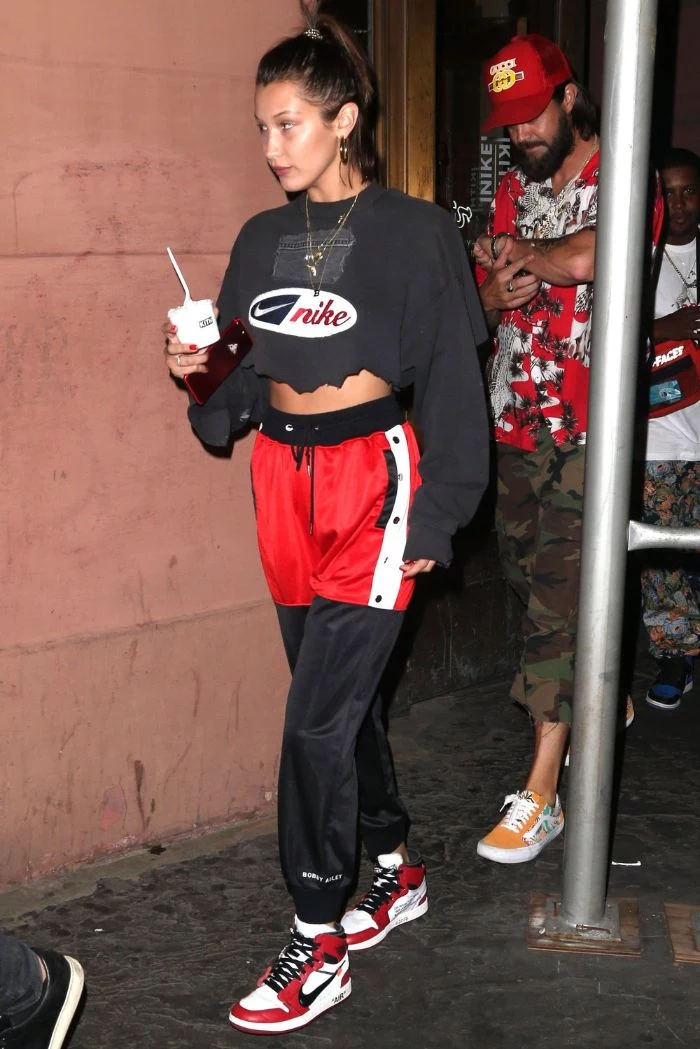
Your Core Uniform: The Foundation
I always tell people to start with a core set of high-quality basics. These are the workhorses of your closet. Spending a bit more here pays off big time in the long run.
- A Heavyweight Hoodie: Get one in black, grey, or navy. For a great starting point, look at classic sportswear brands for around $60-$80, or check out brands that supply blanks to the industry, like Independent Trading Co., which run about $50. If you want that premium, high-fashion feel, some brands specialize in luxury blanks for closer to $100-$150.
- A Good Pair of Pants: This could be those tough-as-nails Dickies 874 or Carhartt Double Knees (usually $40-$80), or a pair of entry-level raw denim that you can break in yourself.
- Quality T-Shirts: Grab a few plain, midweight (200+ GSM) tees in white, black, and another neutral color. A good one will cost you between $20 and $50, but it will last ages and hold its shape.
- A Versatile Sneaker: Not the most hyped, but the most wearable. Think of something like a classic Air Force 1, an Adidas Samba, or a New Balance 990-series shoe. They’re popular for a reason: they work with almost everything.
With just these few items, you have a solid base for dozens of outfits. From here, you can start adding the fun stuff: graphic tees, a statement jacket, or that one wild pair of sneakers you’ve been eyeing.
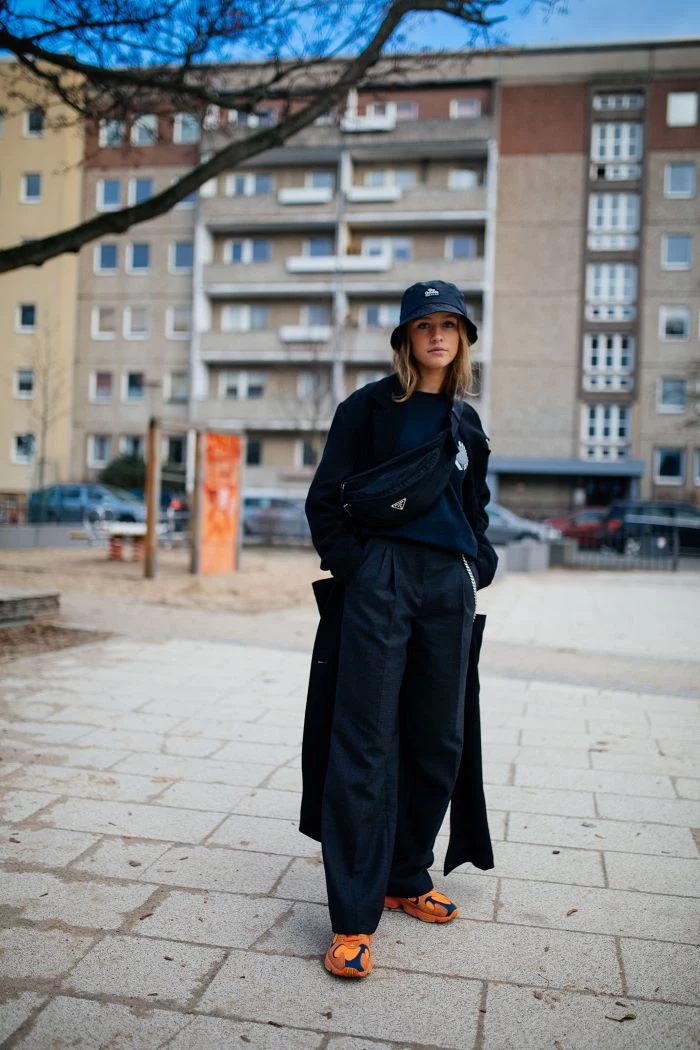
The Art of the Secondhand Find
By the way, some of the most authentic style is found, not bought new. Thrifting is a massive part of the culture, but you need to go in with a plan.
When I’m in a thrift store, I usually ignore the brands at first. I scan the racks by touch, feeling for heavy cotton or thick twill. Pull stuff out and inspect it. Check the seams, look at the tags. An older ‘Made in USA’ tag is often a good sign. But heads up, you also need to know what to avoid. While you’re feeling for heavy fabric, run your hand over it to check for pilling—those little fuzzy balls you find on cheap synthetics. Also, give the armpits a quick check for deep-set stains. Some things just can’t be saved!
A Quick Word on Fakes
As streetwear got more popular, the market for fakes exploded. Learning to spot them is a crucial skill. I’ve seen people spend hundreds on a fake they thought was real, and it’s a painful lesson.
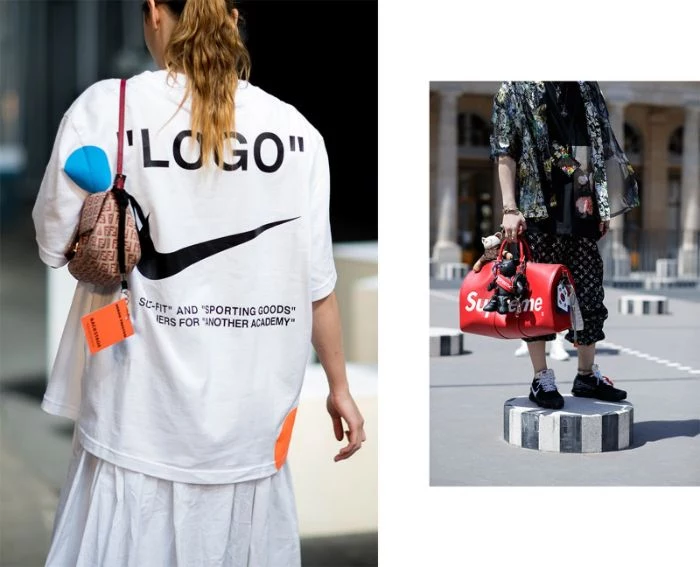
Here are some red flags:
- Sloppy Stitching: On a real piece, the stitching is clean and consistent. Fakes often have messy, uneven threads, especially around logos and tags.
- Weird Tags: This is a big one. Study the tags of real items online. Fakes often get the font wrong—it might be slightly too thick or thin—or the wash tag will feel flimsy and cheap.
- Print Quality: On a graphic tee, a real screen print feels like it’s part of the fabric. Many fakes use cheap, plastic-y heat transfers that sit on top and have a tell-tale shine.
- The Price: This is the most obvious one. If a deal seems too good to be true, it is. Nobody is selling a real pair of ultra-hyped sneakers for $150. It’s just not happening.
Quick tip: When buying online from places like eBay or Grailed, ALWAYS use a payment method with buyer protection, like PayPal Goods & Services. If a seller tries to get you to pay another way, it’s a massive red flag. Just walk away.
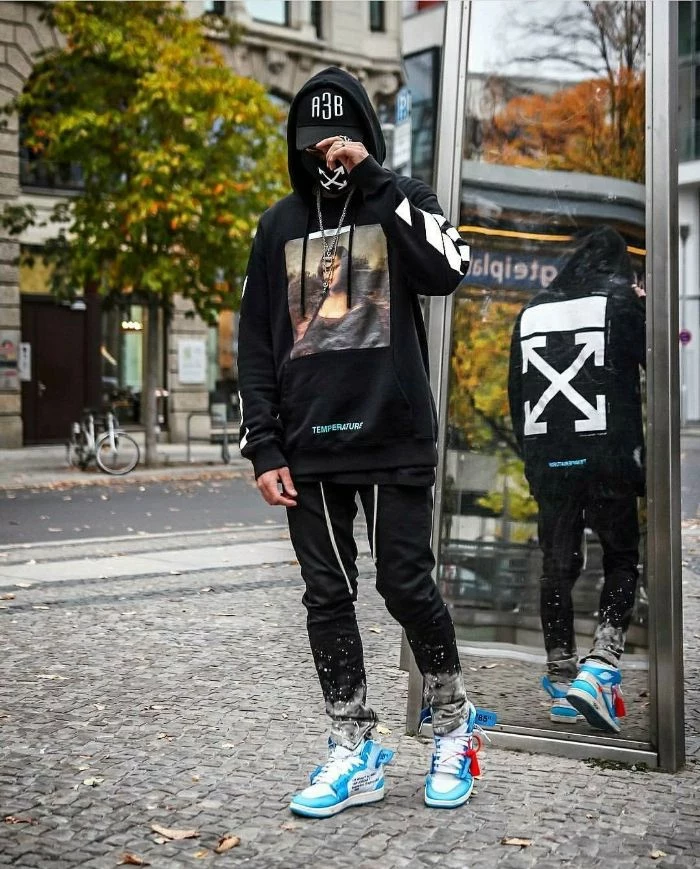
Caring For Your Gear (So It Lasts)
Good clothing is an investment, so you need to treat it like one. I’ll never forget the first time I threw a brand new graphic tee in the dryer on high heat. I pulled it out and the print was cracked into a million tiny pieces. A very painful, and very real, lesson in air-drying your gear!
- Tees and Hoodies: To protect prints and prevent shrinking, wash them inside out in cold water on a gentle cycle. And please, never put them in the dryer. The heat is the enemy of cotton and prints. Hang them to air dry instead.
- Sneakers: Keep ’em clean! A simple cleaning kit can work wonders. A kit from Jason Markk or Reshoevn8r is a great place to start and will last you ages. For your favorite pairs, use shoe trees to help them keep their shape and store them out of direct sunlight.
- Denim: If you’ve got raw denim, the rule is to wash it as little as possible, especially for the first six months. When you absolutely have to, wash it by hand in a tub of cold water with a tiny bit of special denim wash, then hang it up to dry.
Ultimately, streetwear is a journey of discovery. It’s about learning the stories behind the clothes and finding the things that really speak to you. Start with the foundations. Feel the fabric, check the seams, and build a small, solid wardrobe of things you genuinely love to wear. The confidence that comes from that is something no amount of hype can ever buy.
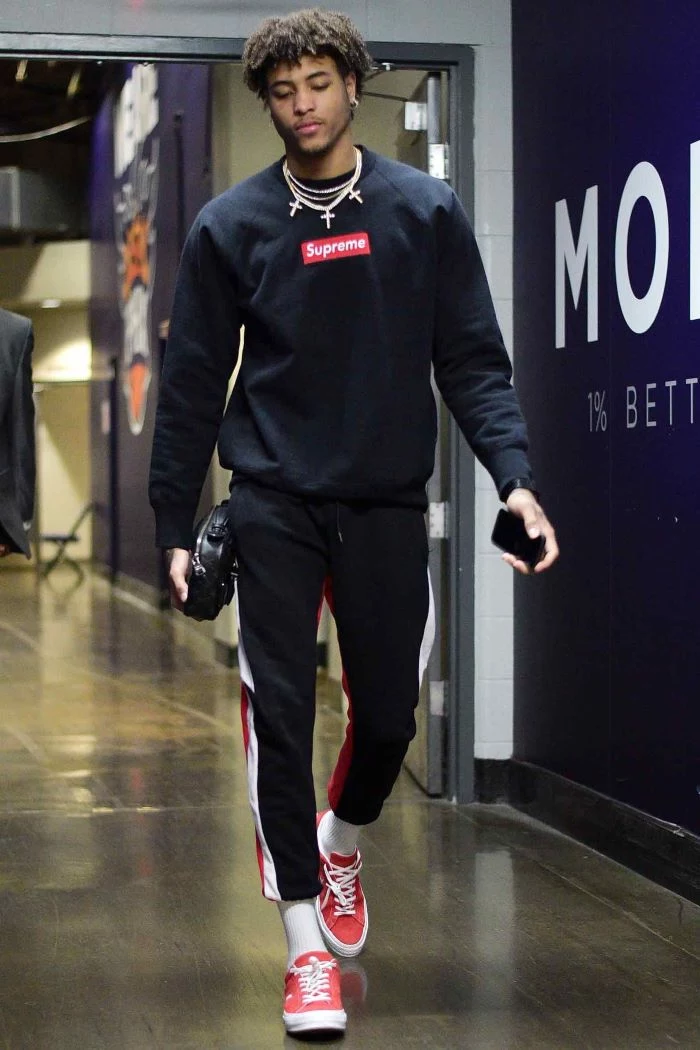
Inspirational Gallery
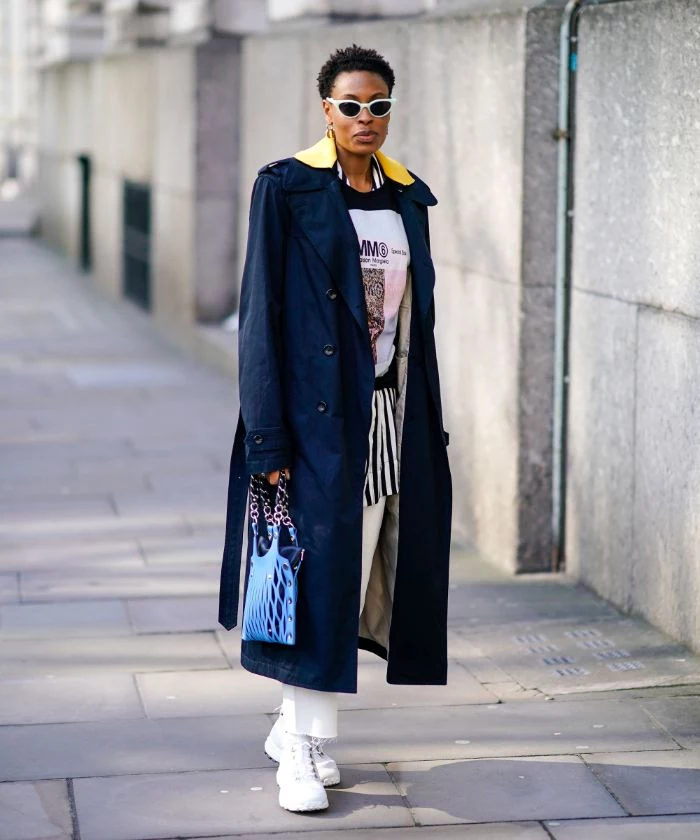
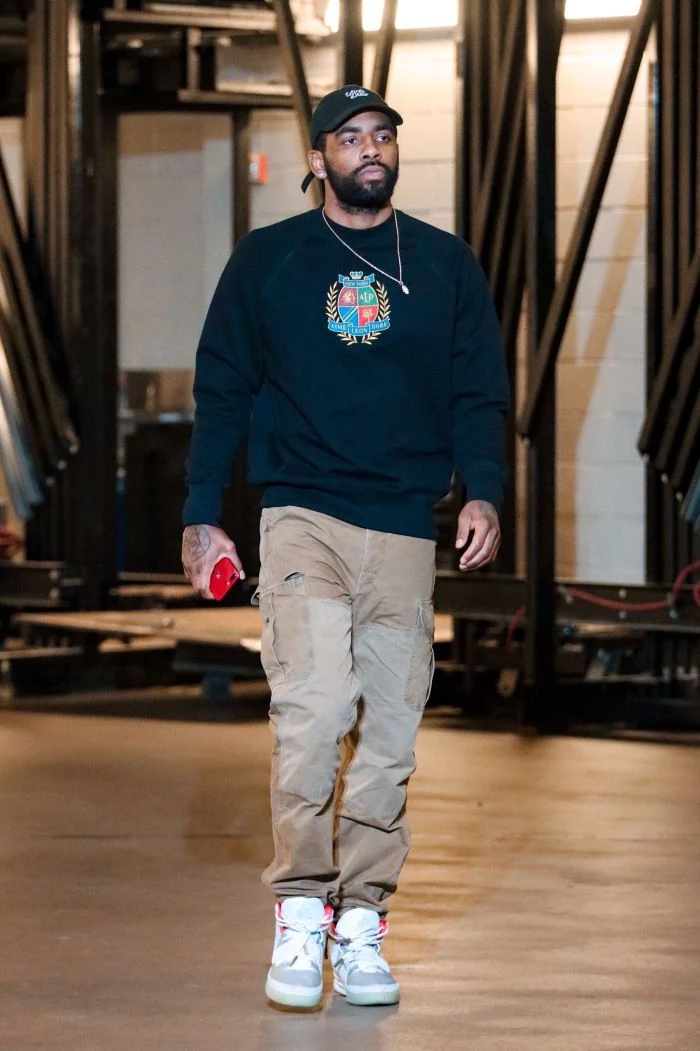
When choosing a hoodie or sweatshirt, pay attention to the interior fabric. French Terry: Features soft loops on the inside, making it absorbent and great for moderate climates. It’s the classic, breathable choice. Fleece: The loops of the terry have been brushed to create a fuzzy, soft surface. This traps more heat, making it cozier and better suited for colder weather. Knowing the difference is key to year-round comfort.
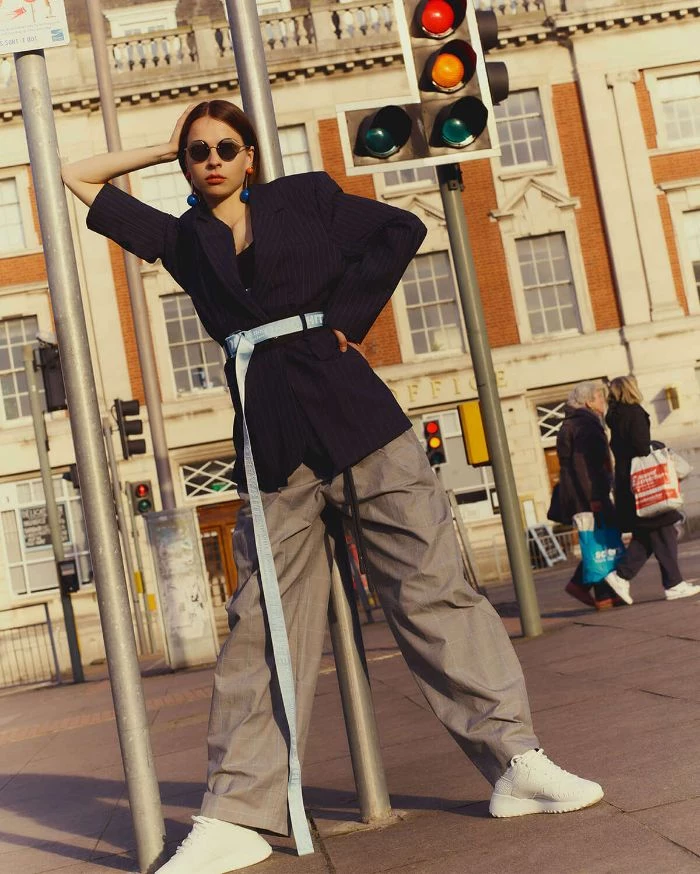
- A high-quality, soft-bristle brush for uppers and midsoles.
- A stiffer brush for outsoles to remove caked-on dirt.
- A specialized sneaker cleaning solution, like Jason Markk or Reshoevn8r, which is gentle on materials like leather, suede, and canvas.
- A microfiber towel for drying without leaving lint.
The secret to long-lasting sneakers? A dedicated cleaning kit.
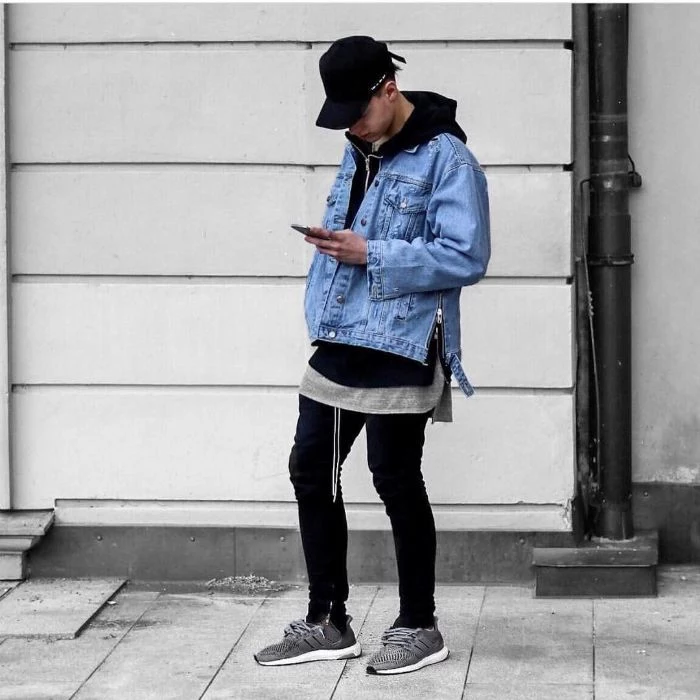
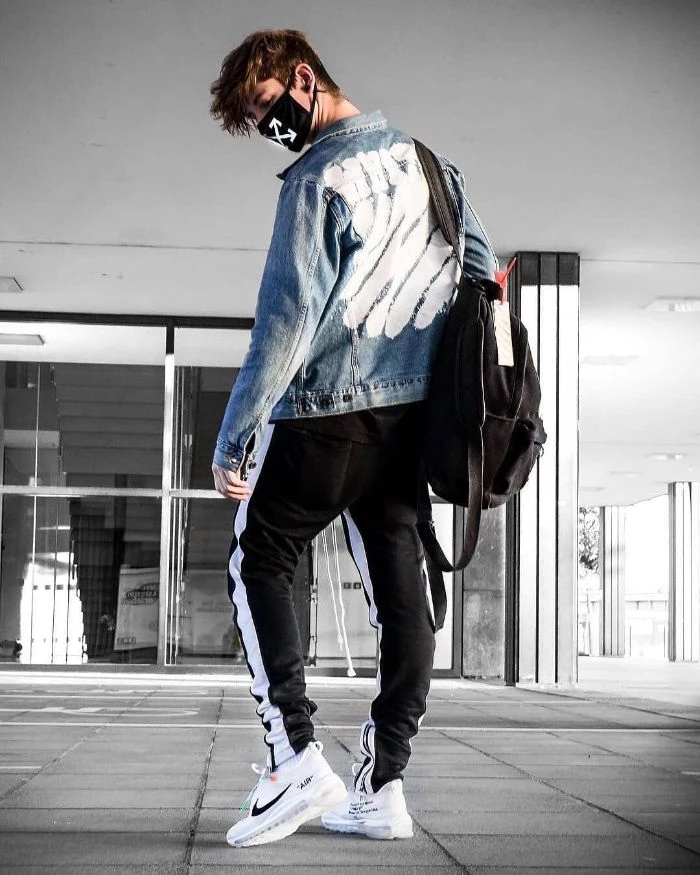
The Selvedge Secret: Look at the outer cuff of a pair of high-quality jeans. If you see a clean, tightly woven edge, often with a colored thread running through it, that’s selvedge denim. It’s woven on old-school shuttle looms, preventing the fabric from unraveling and creating a more durable, premium garment that fades beautifully over time. It’s a subtle mark of true denim craftsmanship.
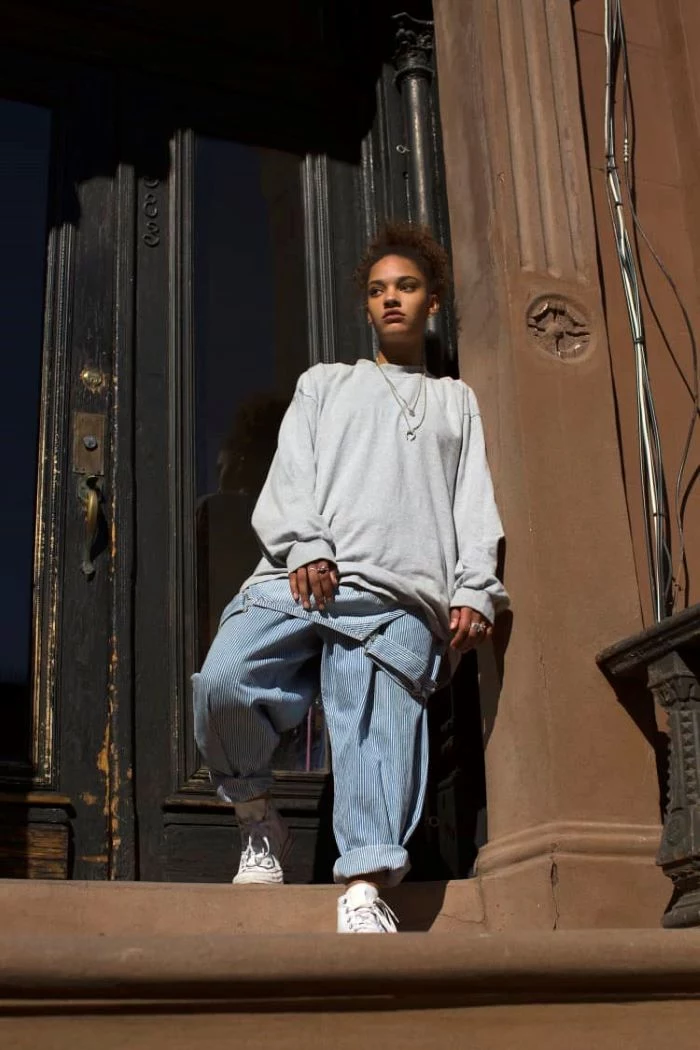
“The whole point of streetwear is that it’s not a trend. It’s a way of life.” – Bobby Hundreds, Co-founder of The Hundreds
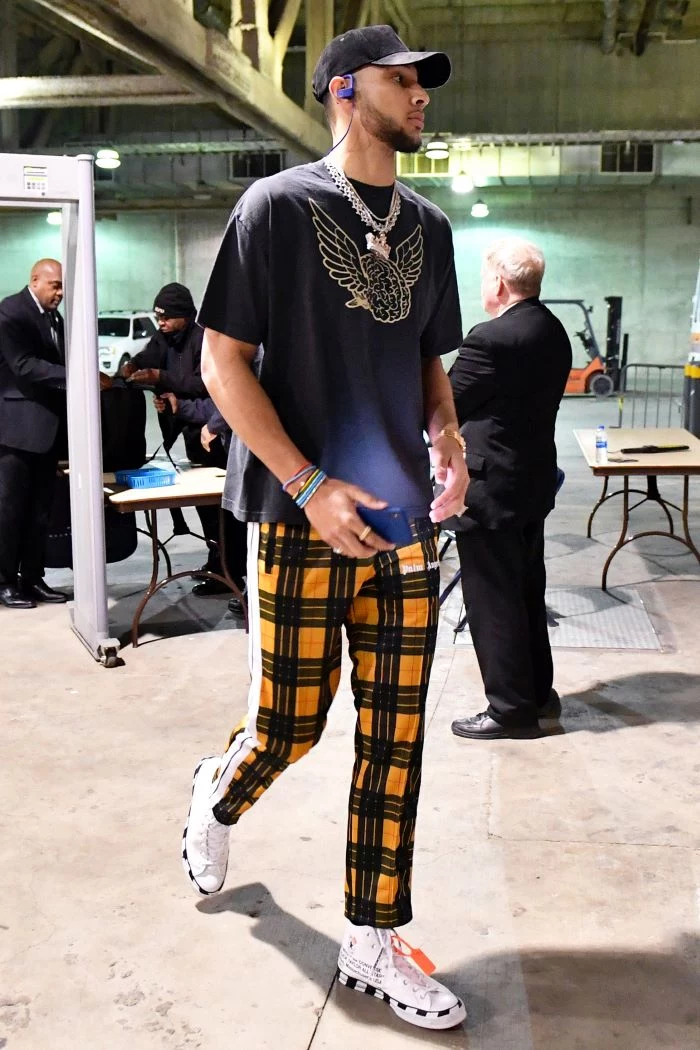
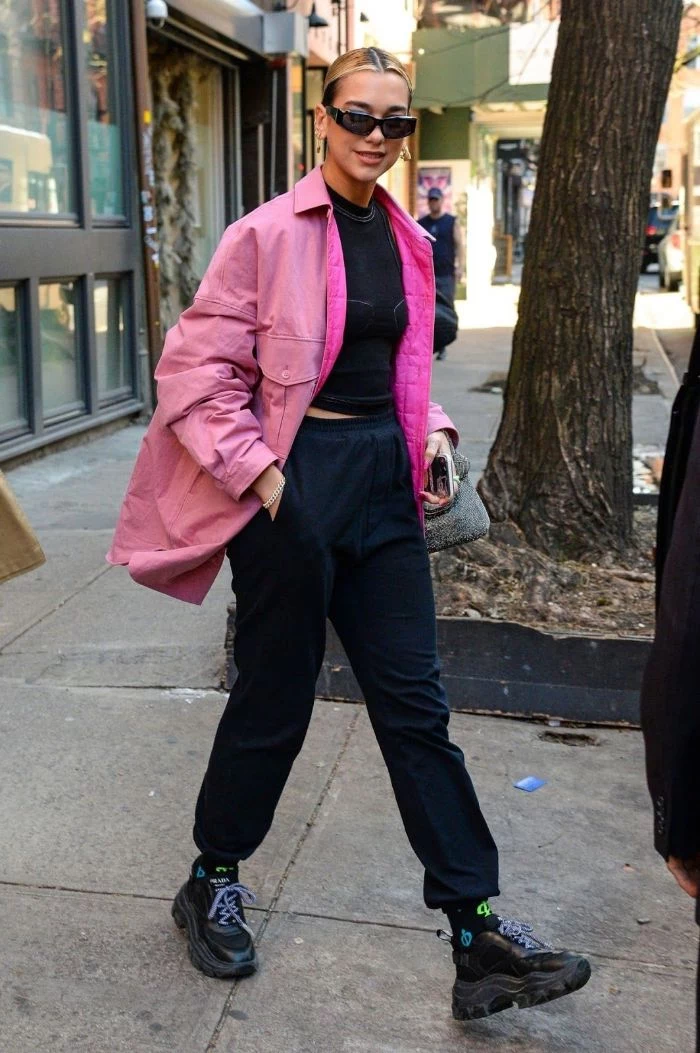
Ever notice how some streetwear looks like it’s made for hiking? That’s “Gorpcore,” a style blending outdoor utility with urban aesthetics. The name comes from the hiker’s snack: “Good Ol’ Raisins and Peanuts.”
- Key fabrics: Gore-Tex, fleece, ripstop nylon.
- Staple pieces: Puffer jackets (especially from The North Face), fleece vests (like Patagonia’s Synchilla), and cargo pants.
- Footwear: Trail runners or hiking-style sneakers from brands like Salomon or Hoka.
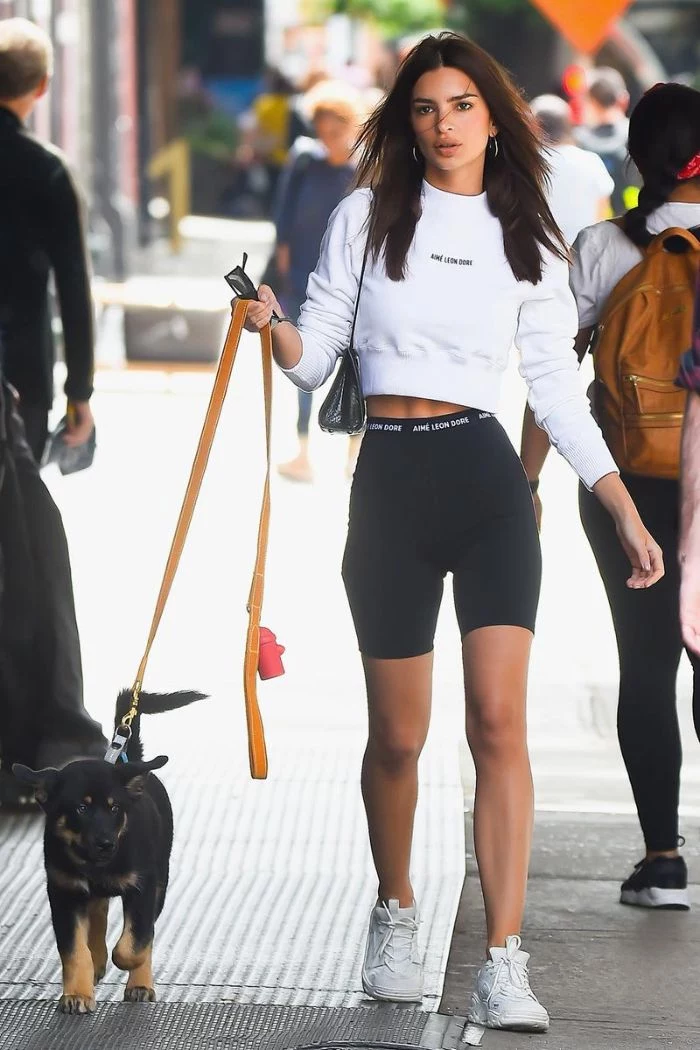
What’s the deal with Champion’s ‘Reverse Weave’ hoodies?
It’s a game-changing innovation from the 1930s. Instead of cutting the fabric vertically, Champion turned it on its side, running the grain horizontally. This simple change, combined with signature ribbed side panels, drastically reduces vertical shrinkage after washing and allows for better movement. It’s why vintage Champion pieces are still so sought-after and why their modern hoodies have such a solid, lasting structure.
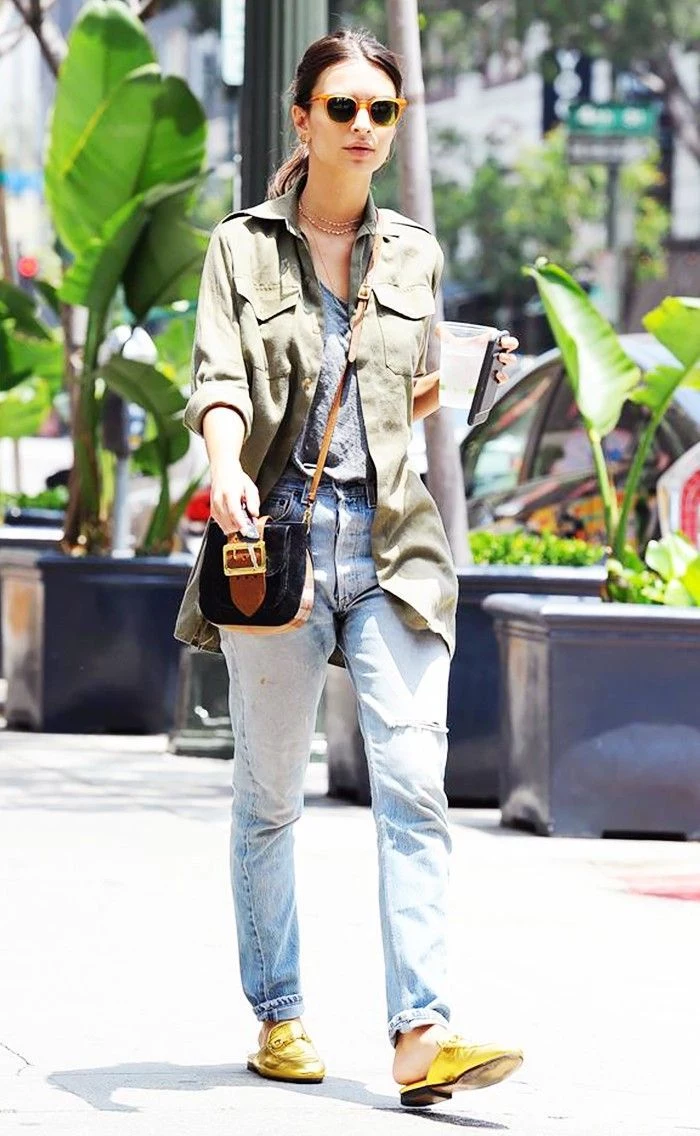
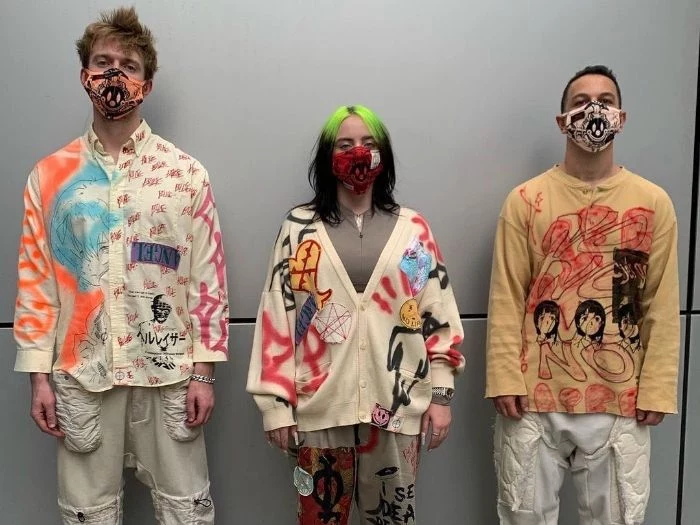
Carhartt WIP: This is the European sub-label of the American workwear giant. It reinterprets classic Carhartt items with a more modern, slimmer fit and a focus on style, making it a streetwear staple. The quality is high, but the price reflects the fashion-forward design.
Dickies: Still deeply rooted in its functional workwear origins, Dickies offers incredible durability for a lower price. The fits are generally more classic and boxy. A favorite in skate culture for its toughness.
For pure style, WIP leads; for rugged value, classic Dickies is unmatched.
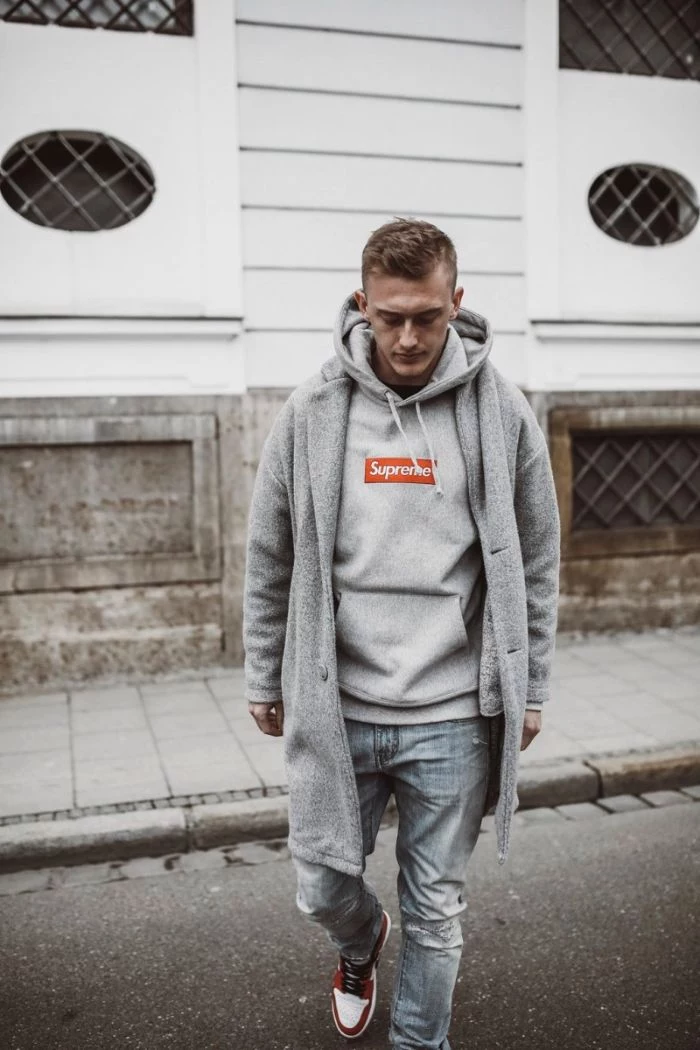
The average consumer now buys 60% more clothing than they did in 2000, but keeps each item for only half as long.
This statistic is the enemy of authentic streetwear. Building a wardrobe with quality pieces—a heavy-duty Carhartt Detroit jacket, a well-constructed hoodie, raw denim—isn’t just a style choice. It’s a sustainable act that rejects the disposable cycle of fast fashion and invests in garments designed to last for years, not just a season.
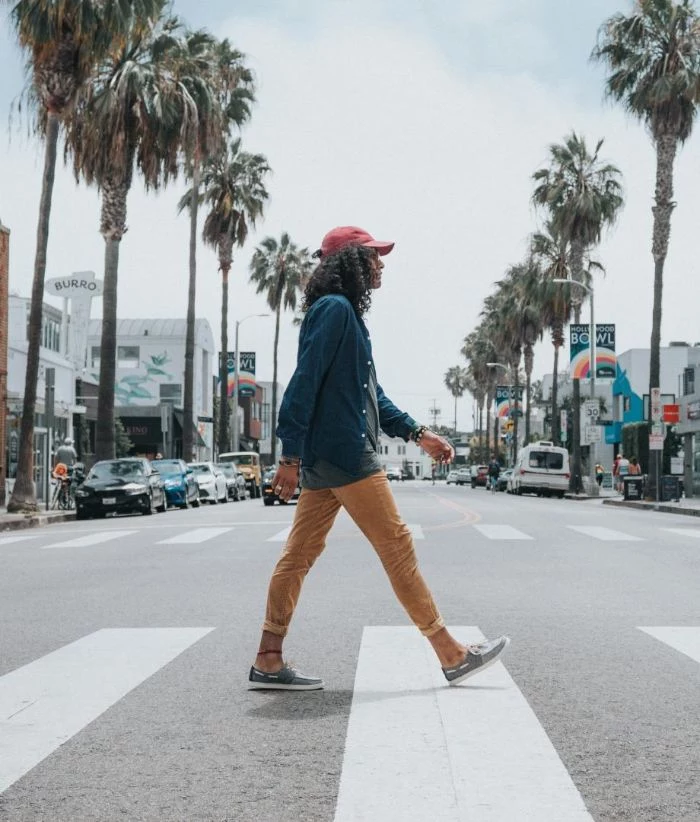
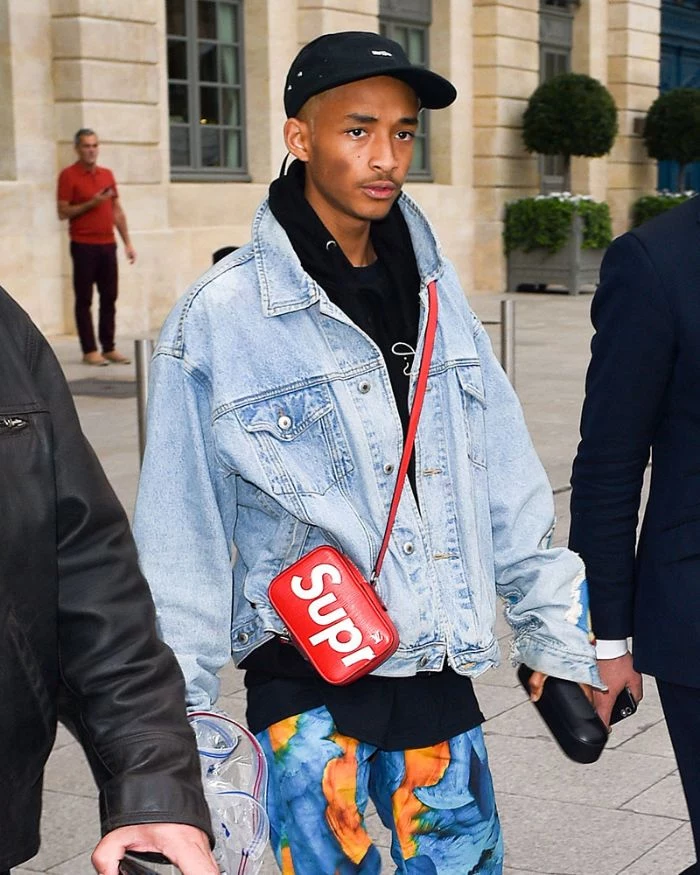
- It makes your statement pieces, like graphic tees or bright sneakers, truly stand out.
- It ensures almost any top you own works with any bottom.
- It creates a mature, timeless look that won’t feel dated next year.
The secret to effortless versatility? Building a core wardrobe around neutral colors like black, grey, navy, olive, and beige.
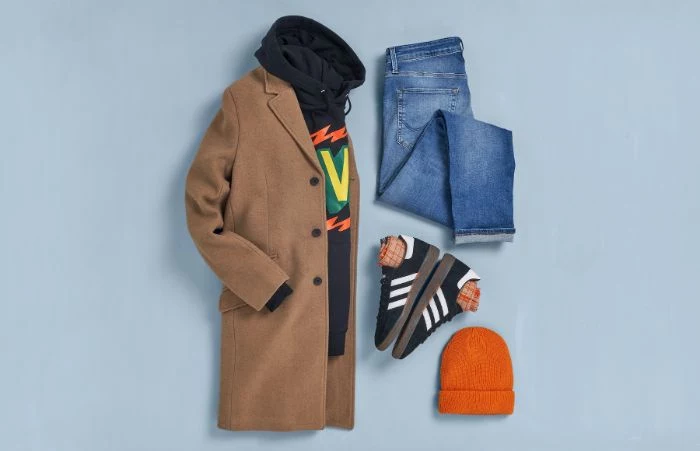
Don’t sleep on military surplus stores. Before streetwear brands were making their own, skaters and artists were co-opting real military gear for its functionality and affordability. Pieces like the M-65 field jacket, classic MA-1 bomber jackets, and durable cargo pants from brands like Propper are the authentic blueprints for many modern, high-end streetwear items, often at a fraction of the price.
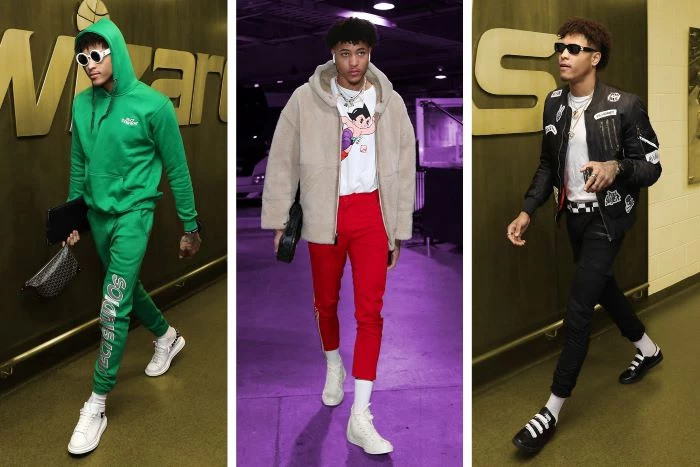
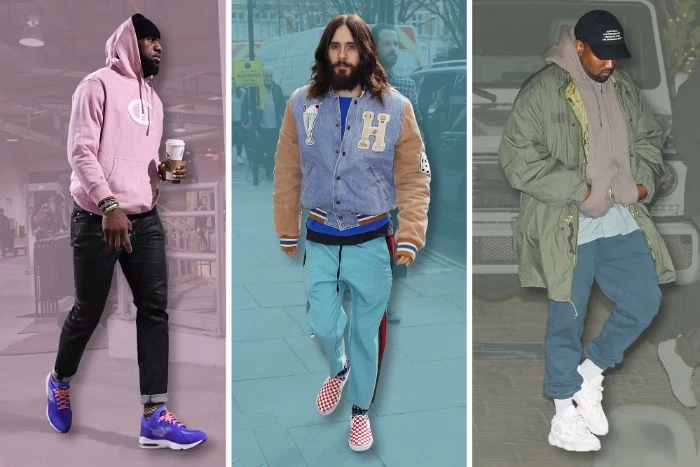
According to a StockX report, the average premium for a new Jordan 1 High release on the resale market is over 61%.
This highlights the ‘hype’ side of the culture, but for a smart collector, it also shows the potential value retention of iconic models. Investing in a classic silhouette like a Jordan 1, a Dunk, or a New Balance 990-series isn’t just buying a shoe; it can be acquiring an asset that holds its worth far better than a generic, uninspired design.
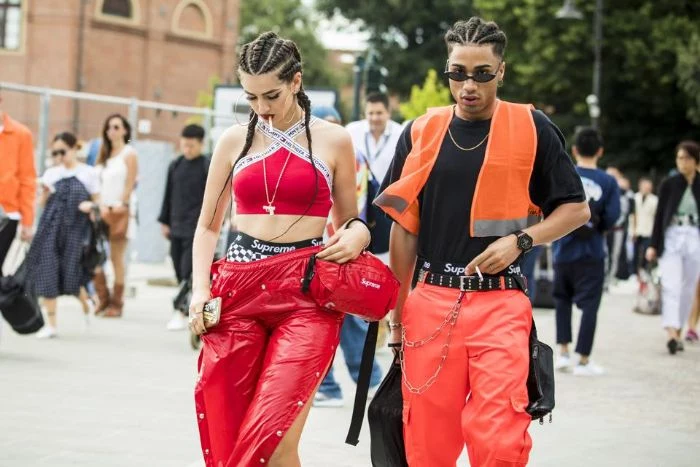
A common mistake: Focusing only on the pieces, not the proportions. You can have the best hoodie and dopest sneakers, but if the silhouette is off, the whole fit fails. If you’re wearing an oversized top, try a slimmer (not skinny) pant to create balance. Conversely, baggy pants often look best with a more fitted or cropped jacket. Play with shapes to find what works for your body—it’s more important than any logo.
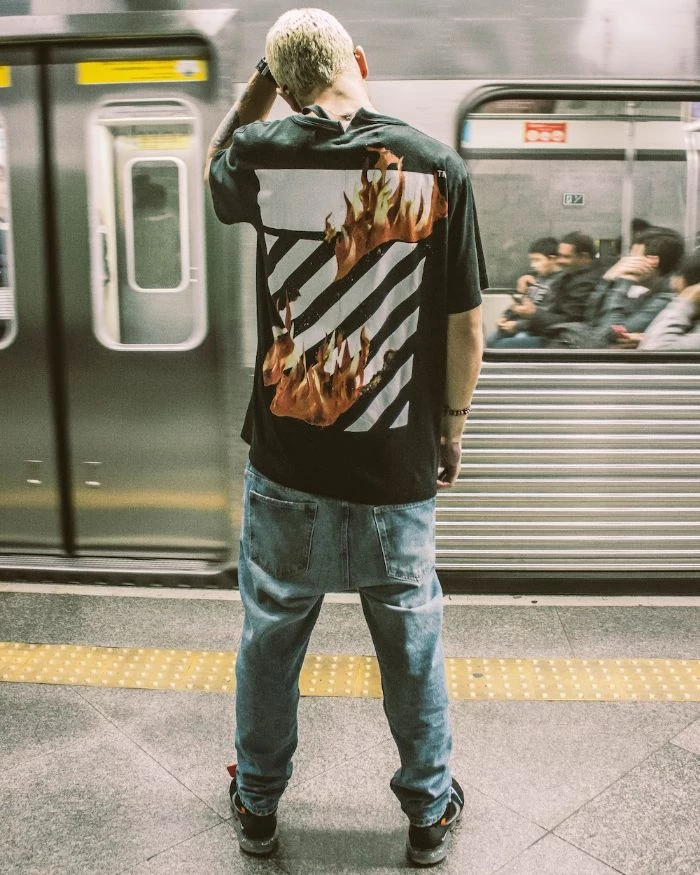
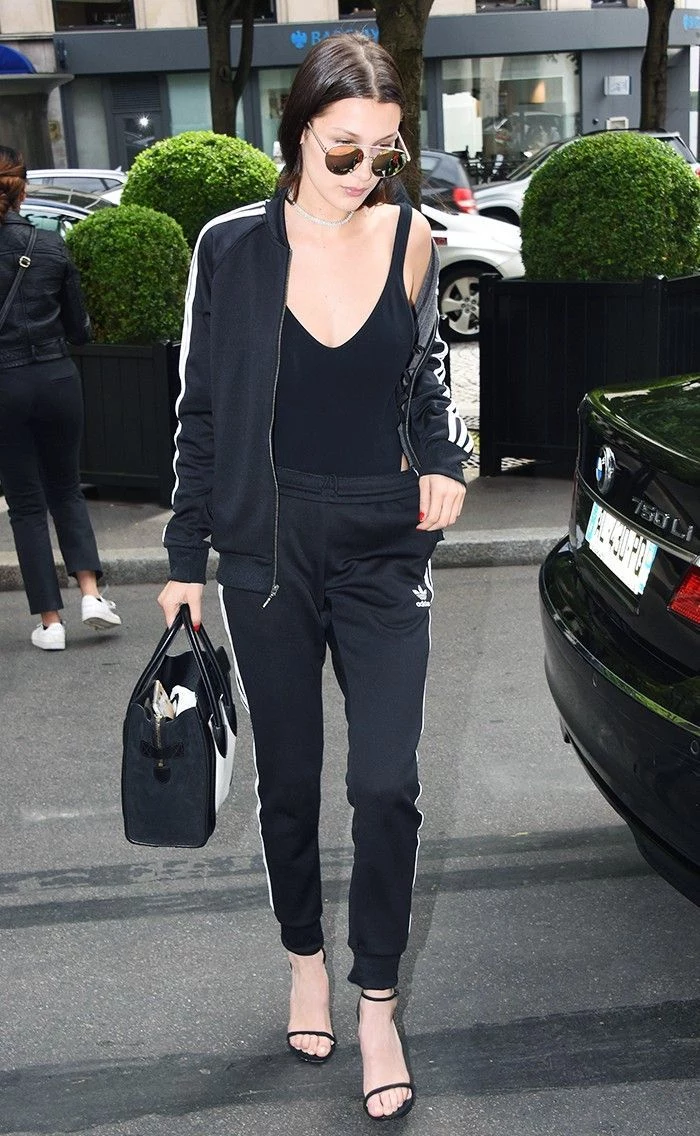
The influence of Japanese style, or “Ametora” (American Traditional), on global streetwear is immense. Japanese designers and enthusiasts became obsessive curators of American style, perfecting and elevating it.
- Pioneers: Brands like A Bathing Ape (BAPE), Neighborhood, and UNDERCOVER set the stage in the 90s.
- Modern Icons: Look to visvim for artisanal craftsmanship, BEAMS Plus for perfected prep/workwear, and Human Made for vintage-inspired graphics.

How should I wash raw denim to get the best fades?
Patience is everything. Wear your new raw denim jeans as long as possible—ideally 6 months or more—before their first wash. This allows your unique movement patterns to set deep creases. When it’s finally time, wash them inside out, in cold water, on a gentle cycle, and use a mild detergent. Hang them to dry; never put raw denim in a machine dryer, as it can cause unwanted shrinkage and ruin the potential for distinct fades.
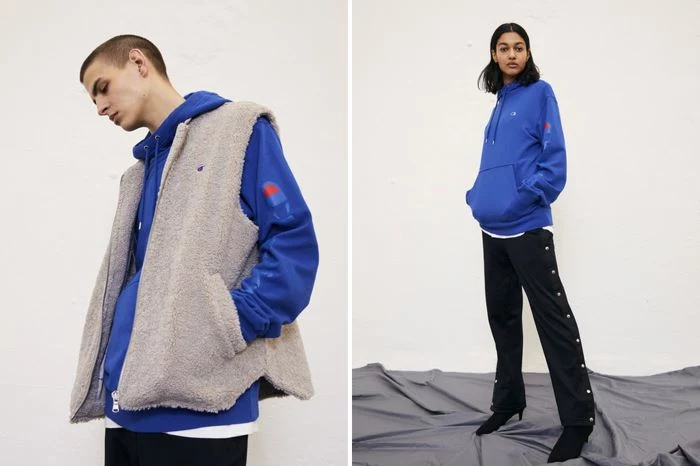
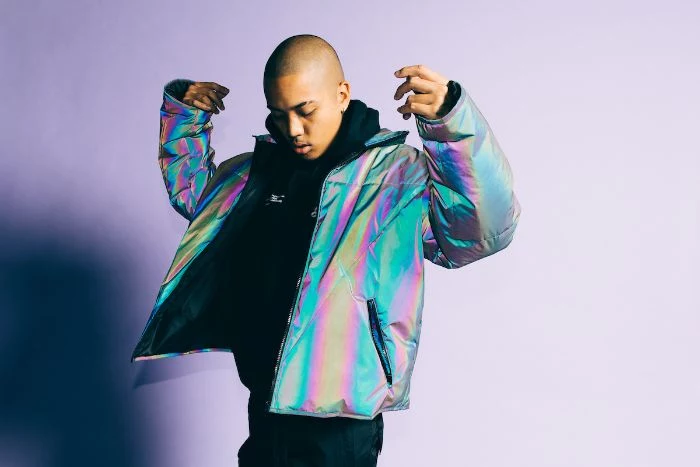
The feel of a crisp, brand-new pair of sneakers is great, but the true character of many streetwear staples comes with age. A denim jacket that’s softened and molded to your body, a pair of leather boots with scuffs from real use, or a flannel shirt that’s faded from the sun—these tell a personal story that no brand-new item can. Don’t be afraid to let your clothes show they’ve been lived in.
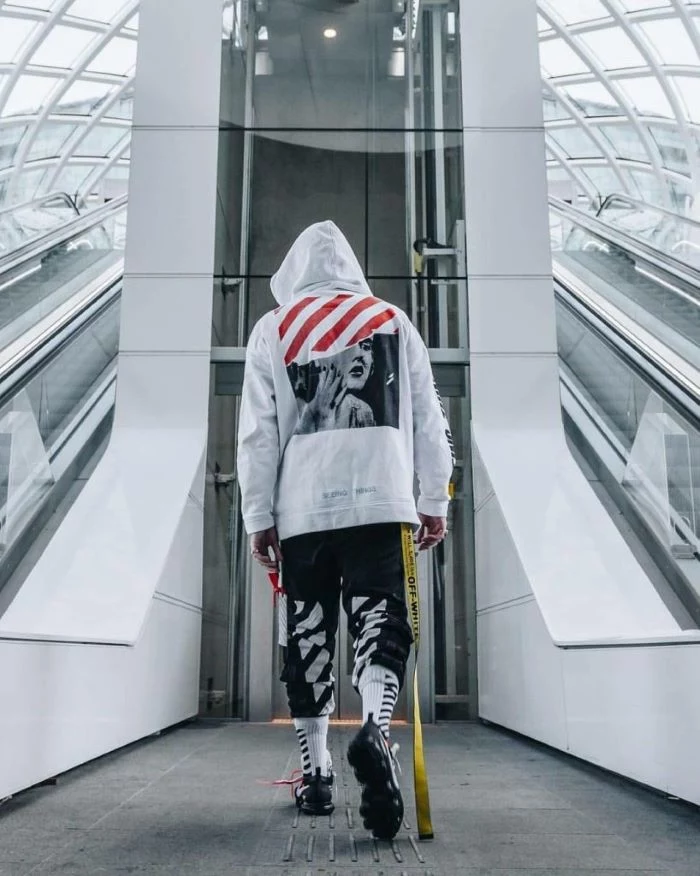
Your jacket’s zipper can be a quiet indicator of its quality. Look closely at the back of the zipper pull. If you see the letters “YKK,” you’re in good hands. This Japanese company is the gold standard for zippers, known for their reliability and smooth operation. Cheaper garments often cut corners with flimsy, unbranded zippers that are prone to snagging and breaking. It’s a small detail that says a lot about the overall construction.
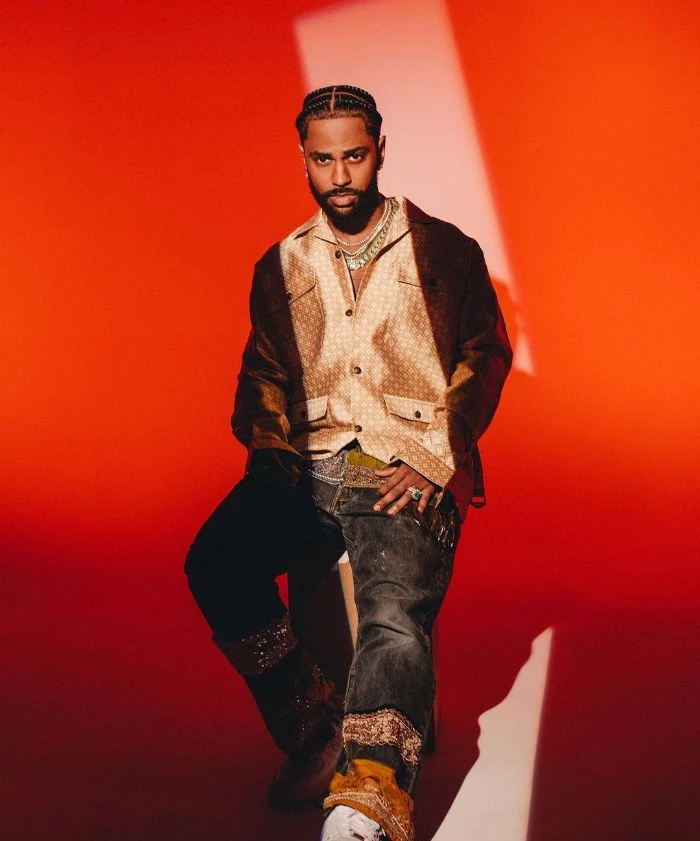
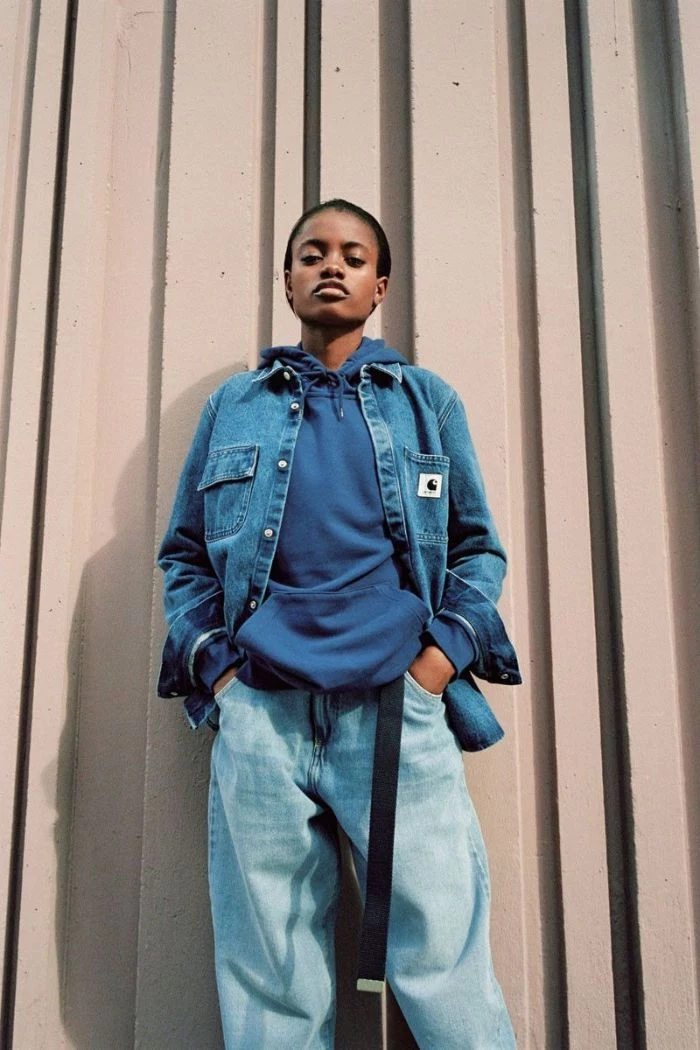
Nike Air Force 1: The quintessential chunky, basketball-rooted sneaker. It’s bold, substantial, and has a strong presence. Its streetwear credibility is legendary, particularly the all-white and all-black models.
adidas Stan Smith: A slim, low-profile tennis court classic. It’s more understated and versatile, easily dressed up or down. Its design is minimalist and timeless.
The AF1 makes a statement; the Stan Smith offers quiet confidence. Both are essential.
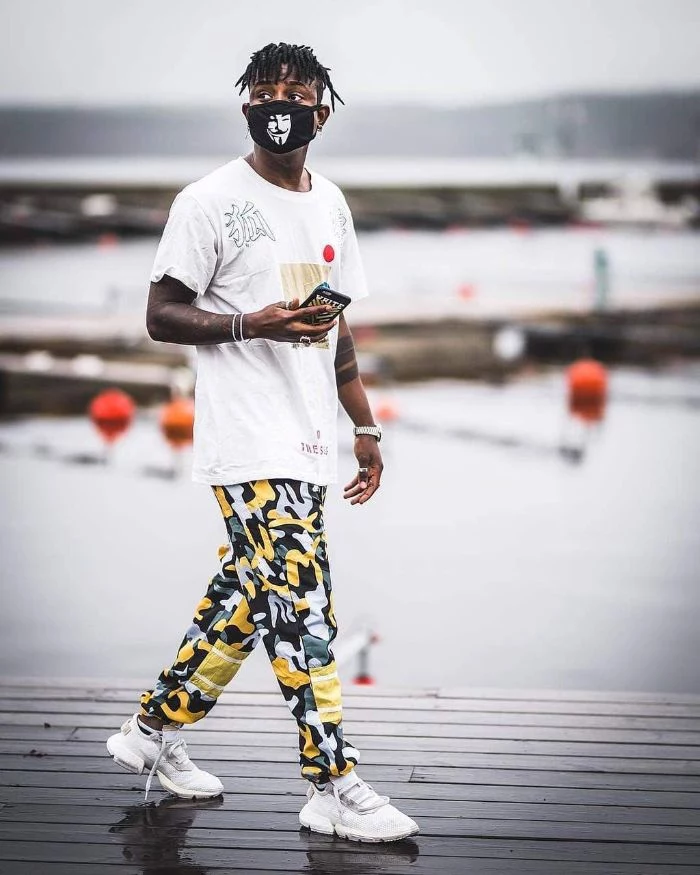
Gore-Tex was invented in 1969 by Bob Gore, who discovered that rapidly stretching a form of Teflon (PTFE) created a microporous membrane.
This membrane has billions of pores per square inch, each one 20,000 times smaller than a water droplet but 700 times larger than a water vapor molecule. This is the science that makes Gore-Tex jackets simultaneously waterproof from the outside and breathable from the inside. Its journey from mountaineering equipment to a staple in brands like Supreme, Palace, and Arc’teryx is a perfect example of streetwear adopting functional tech for urban life.
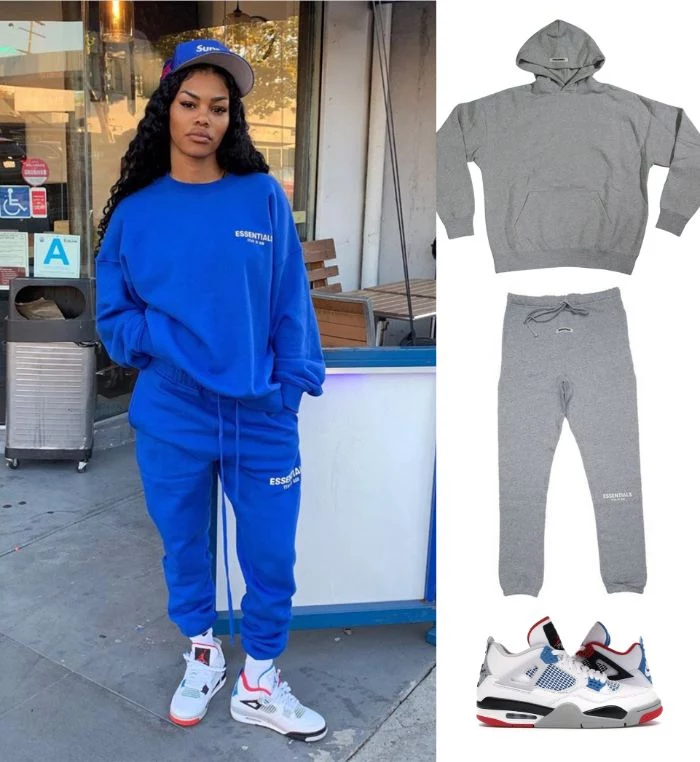
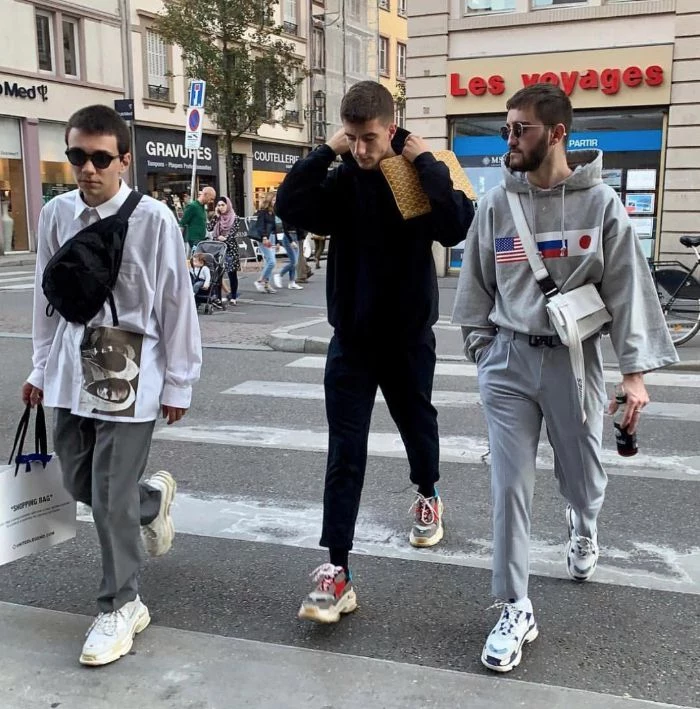
- Your clothes will fit better as they mold to your body.
- The graphics on your tees will crack and age with character.
- You’ll develop a deeper connection to the pieces you own.
The secret? Stop being precious with your clothes. Wear them, use them, and let them live. Streetwear is meant for the street, not a museum.
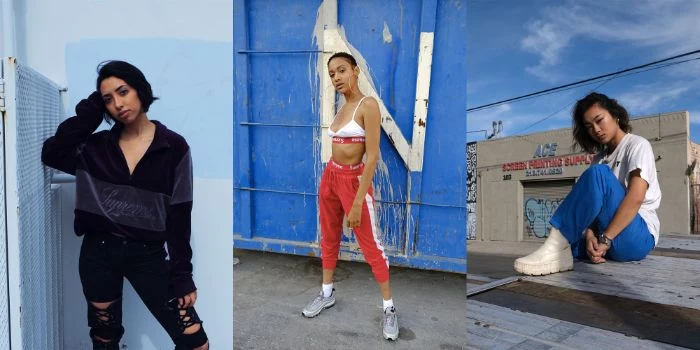
The art of layering is about texture and proportion, not just warmth. A common pro-move is to have a slightly longer t-shirt hem peeking out from under a sweatshirt or hoodie. This breaks up the torso and adds visual interest. Try pairing different materials, like a smooth nylon jacket over a rough-textured fleece, to create depth. It’s these subtle details that elevate a simple outfit into a considered ‘fit’.
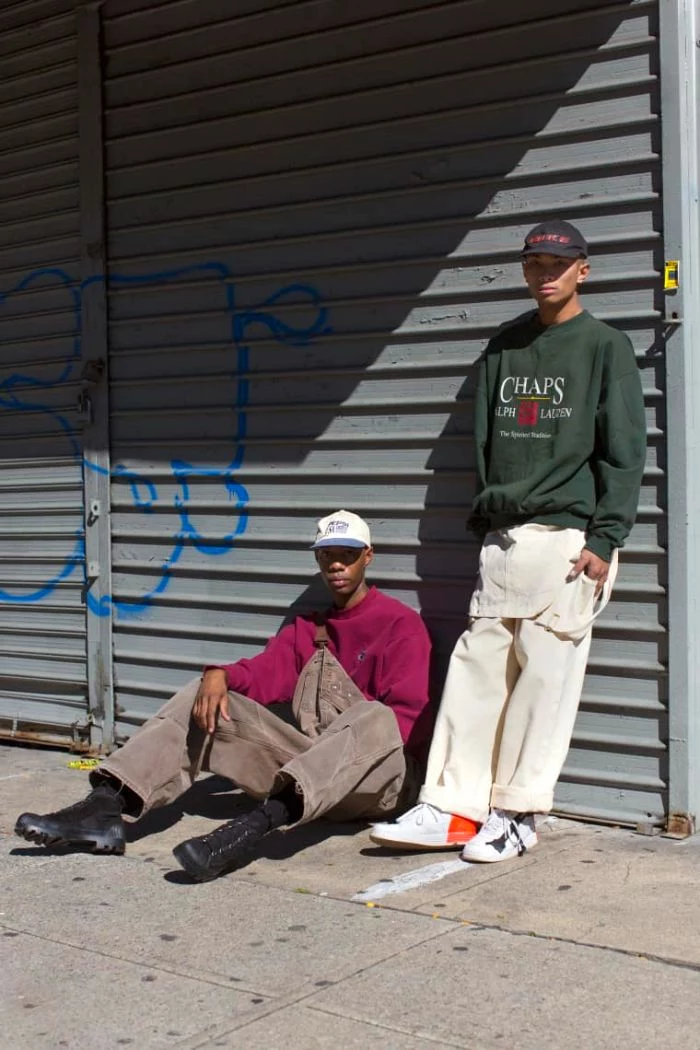
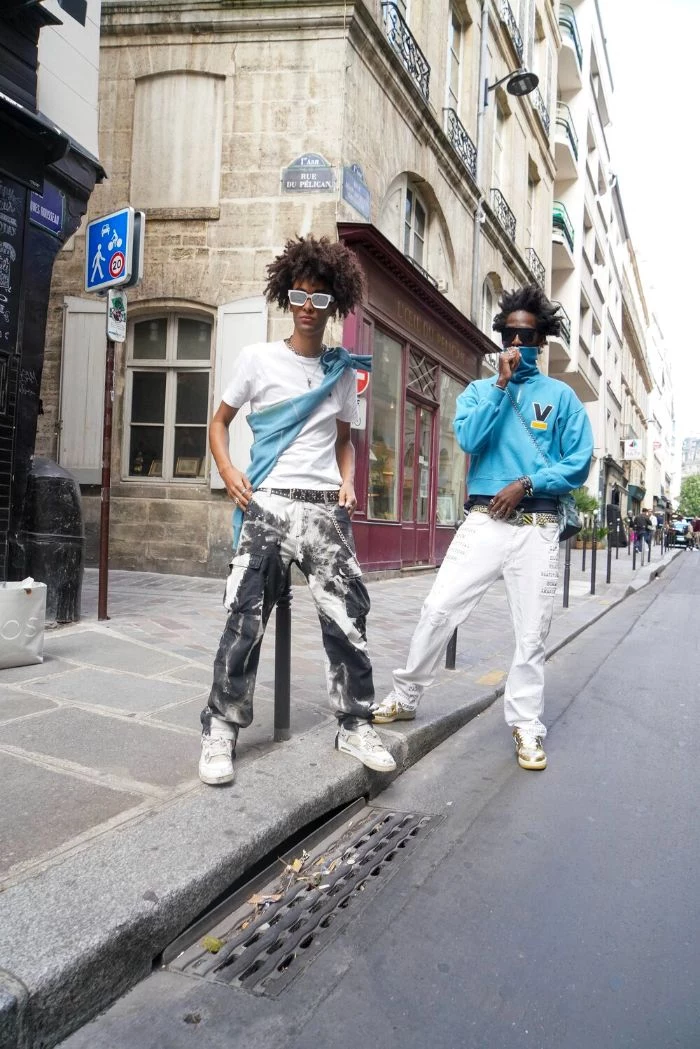
Want to make a piece your own? The denim jacket is the perfect canvas. Start small with a few enamel pins on the collar or pocket flap from brands like Pintrill. For a bolder look, iron on patches from your favorite bands, skate shops, or artists. For the truly committed, hand-painting a graphic on the back with acrylic fabric paint creates a one-of-a-kind garment that is 100% you.
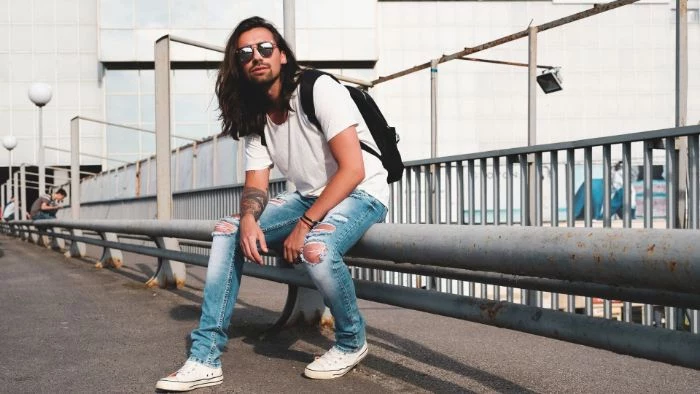
Double Knee Pants: You’ll see these everywhere from brands like Carhartt and Dickies. That extra panel of fabric sewn onto the front isn’t just for looks. It’s a workwear feature designed to reinforce the area that takes the most abuse, preventing blowouts and dramatically increasing the lifespan of the pants. It’s function-first design that has become a core aesthetic.
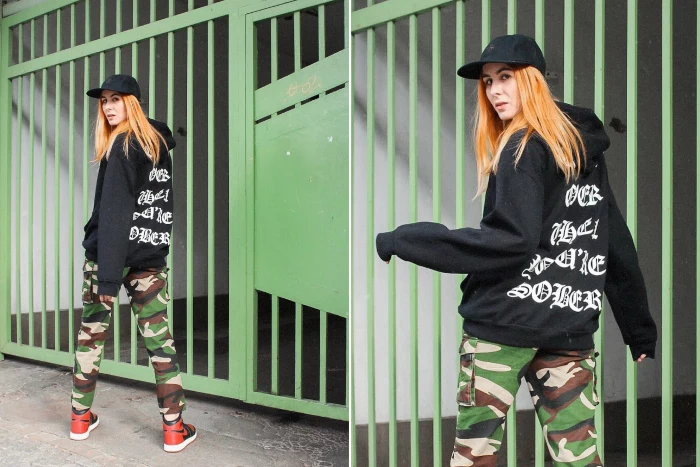
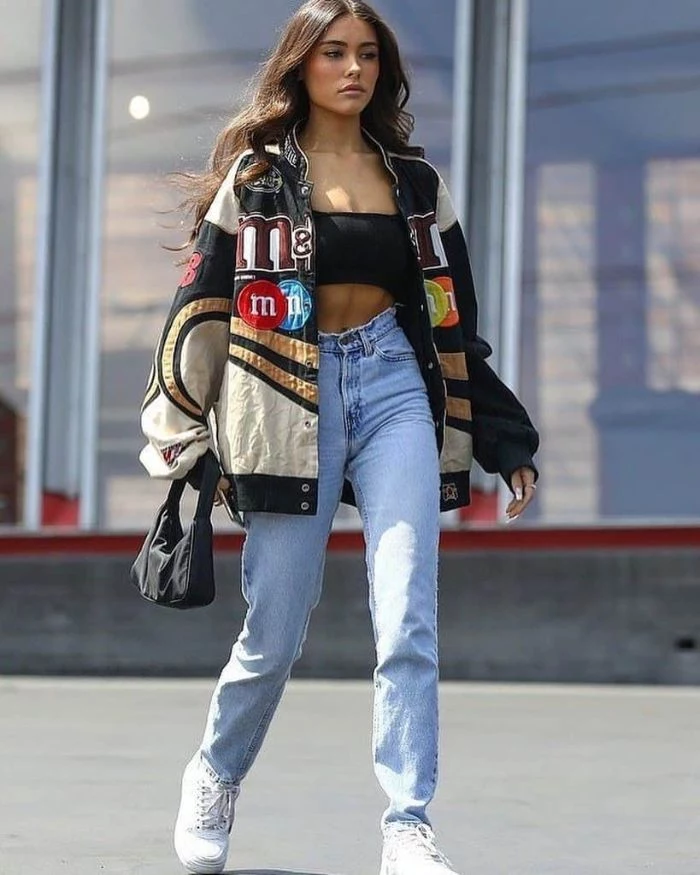
What is ‘Archival Fashion’ and why are people paying so much for old clothes?
It’s the practice of collecting and wearing significant pieces from past collections of influential designers, particularly from the 90s and early 2000s. Think of Helmut Lang’s bondage-inspired pieces, Raf Simons’ graphic-heavy early collections, or Martin Margiela’s deconstructed garments. These items are seen as wearable history, appreciated for their innovative designs and cultural impact, making them highly coveted by collectors and fashion enthusiasts.
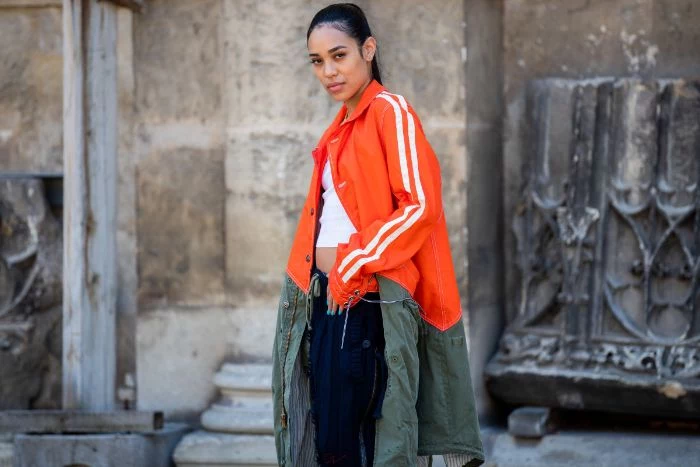
“I don’t have to be a designer. I don’t have to be a creative director. I can just be a creator.” – Virgil Abloh
This mindset is at the heart of authentic style. Streetwear isn’t about conforming to a label’s total look. It’s about using pieces from different brands and cultures as ingredients. You are the creator of your own look, mixing high and low, new and old, to express your unique perspective.
The choice of headwear can define an entire outfit. The classic baseball cap (especially a New Era 59FIFTY) is foundational, tied to sports and hip-hop. The beanie, or watch cap, brings a grittier, workwear/skate-inspired feel, perfect for colder months. More recently, the five-panel cap, with its shallower fit and unstructured build, offers a more casual, outdoorsy vibe. Each one sends a different signal.










